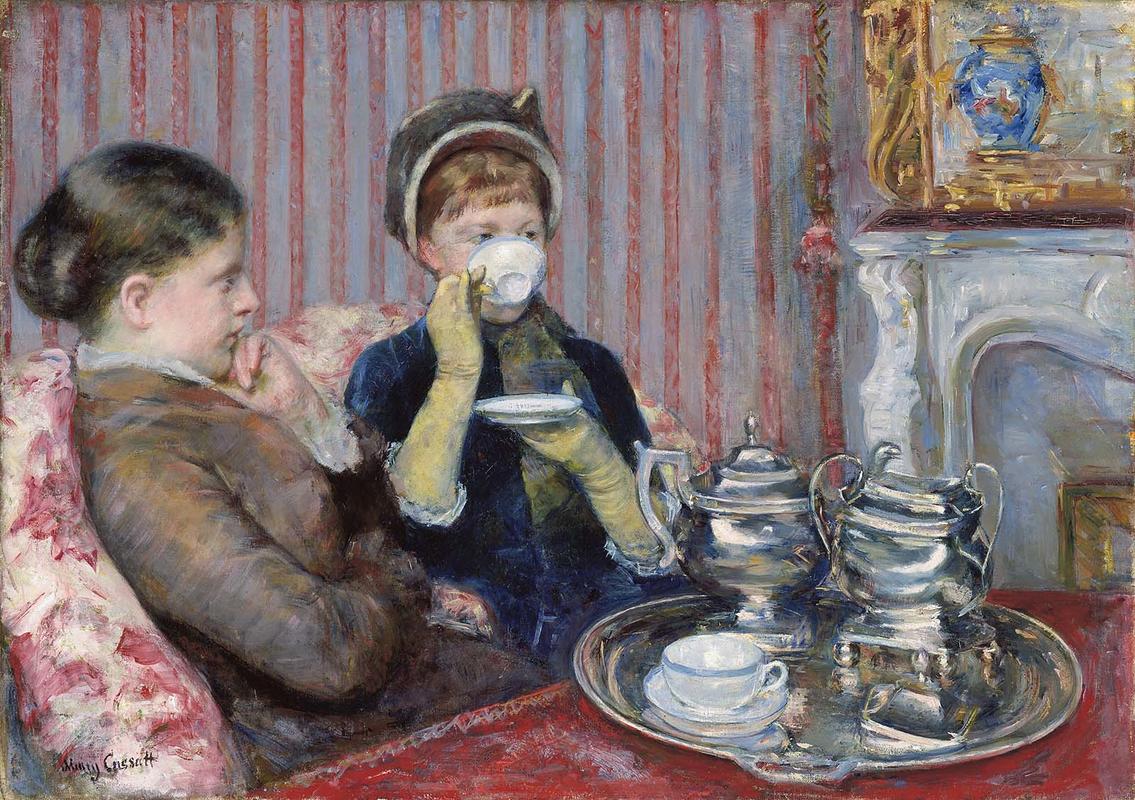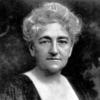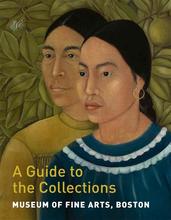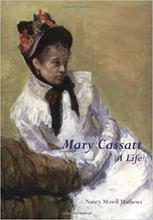More about The Tea
- All
- Info
- Shop

Contributor
Like other female artists in the 19th century, Mary Cassatt struggled with double standards and biases that existed in the male dominated art world.
But the internationally renowned artist by nature was ambitious, willful, and spoke freely about art and artists of her time. You have to be driven if you’re trying to earn recognition and sell artwork as a woman in the 19th century. This of course brought disapproval because how dare she speak freely of her opinions, being a woman and all. I mean can a girl catch a break?
In Paris, Cassatt found herself restricted from entering the académie as well as the social life of her male counterparts. Women weren’t allowed in the École des Beaux Arts and it would have certainly been a scandal if Cassatt dared to socialize with the boys in the cafe concerts. But Cassatt had access to the life of women in a way that male artists did not and she used this to her advantage. Granted, her women are depicted repetitively holding children and drinking tea in her compositions, but at least they were the principal subjects. There’s an intimate familiarity with her subjects in Cassatt’s paintings that male artists aren’t able to achieve. Her friend and mentor, Degas for example painted images of ballet girls frozen in motion. But there is still a voyeuristic detachment between the artist and the subject. Degas referred to the ballerinas as “little monkey girls” implying he wasn’t very fond of them either.
Cassatt’s fame in Europe and her “outspoken” nature cost her a friend or two. Her friend Emily Sartain refers to Cassatt’s frank discussion of other artists as a reason of their falling out. Cassatt was one of the Impressionists who rejected the traditional academic salons and was vocal of her discussion and disapproval of other artists during the time. She disapproved of Sartain taking lessons from Everest Luminais and didn’t make that a secret. However, jealousy most likely also played a role in their falling out. Cassatt traveled to Europe with Sartain, where Sartain witnessed firsthand how many fawned over the artist. In a letter Sartain describes the “overwhelming” compliments paid to Cassatt and that she too “[shone] a little, by her reflection." Although Cassatt’s fame seemed to cast light on American artists, some artists felt overshadowed.
Sources
- Matthews, Nancy Mowll. Mary Cassatt: A Life.New Haven: Yale University Press. 1994.
- Matthews, Nancy Mowll. ‘"The Greatest Woman Painter": Cecilia Beaux, Mary Cassatt, and Issues of Female Fame.’ The Pennsylvania Magazine of History and Biography. Vol. 124. No. 3. July 2000. http://www.jstor.org/stable/20093367
- Smee, Sebastian. “Like Misty Copeland’s Degas photos? There are hard truths behind them.” Boston Globe. February 11, 2016. https://www.bostonglobe.com/2016/02/11/like-misty-copeland-degas-photos…
Featured Content
Here is what Wikipedia says about The Tea
The Tea, also referred to as Five O'Clock Tea, is an oil-on-canvas painting of two women having tea by the American Impressionist painter Mary Cassatt. The role of gender in the painting has been the subject of differing interpretations among art historians. Griselda Pollock describes the confined interior as an evocation of the spatial and social constraints placed on women at the time. Norma Broude asks whether the work might contain "possibilities for empowerment," showing the agency that women exercised through sociability. And John Loughery argues that the intention behind Cassatt's work might always remain a mystery.
Check out the full Wikipedia article about The Tea














